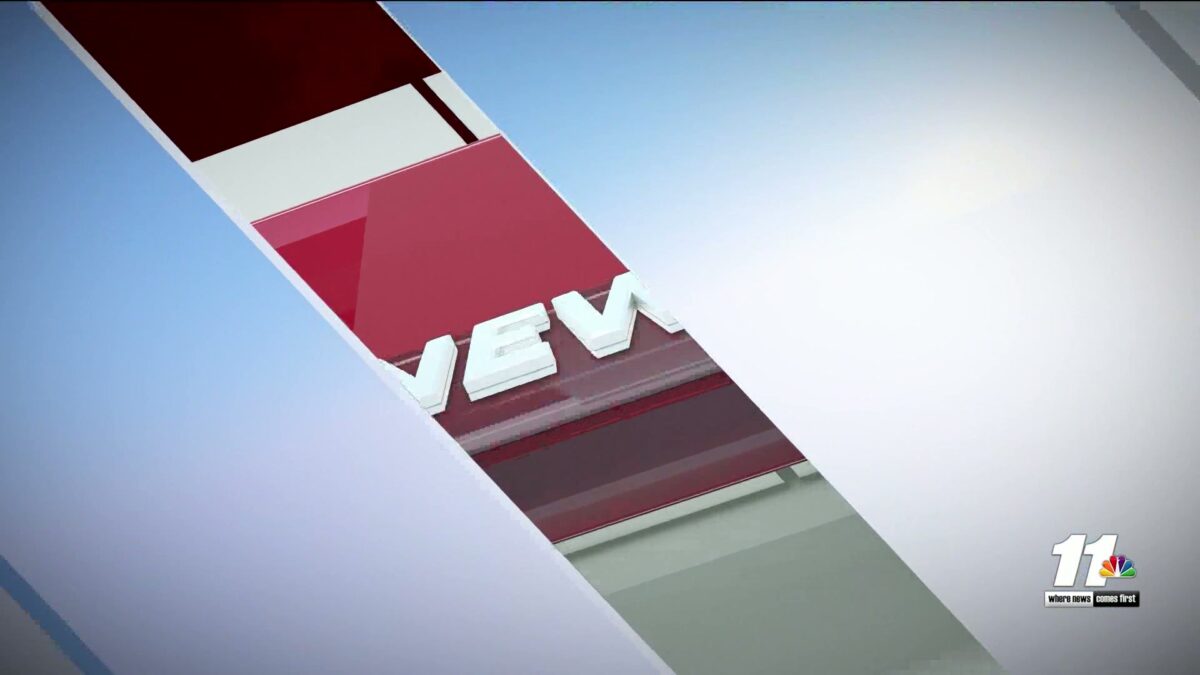Colorado River water access faces uncertainty

Jalen Fong
(KYMA, KECY) – The Colorado River is the lifeline of the southwest, providing water to millions of people, farmland and major cities.
However, after more than two decades of drought, water levels have dropped to historic lows, and the future of this critical resource is now being negotiated by seven states.
Dubbed the nation’s “salad bowl,” there’s over 180,000 acres of farm land in Yuma County.
90% of the leafy greens you eat in the winter months are grown here, but Yuma farmer Matt McGuire shares how that is possible if the area of the country only gets three to four inches of rain a year.
“We need this water. Colorado River Water. We’re in a desert, we don’t get very much rainfall. We need this water to grow our crops,” McGuire explained.
Every year, Yuma farmers use around 700,000 acre feet of Colorado River water to grow their crops.
That’s equal to around 345,000 Olympic swimming pools worth of water.
McGuire has been farming the desert since the 1980s, and for years, water use wasn’t a concern.
“When I first started, when I was young, the lakes were full. Plenty of snow,” McGuire shared.
But starting at the turn of the century, hundreds of miles north of Yuma, at the biggest reservoir in the United States, signs of a drought started to show.
Lake Mead sits on the border of Nevada and Arizona.
Created by the construction of the Hoover Dam, and fed entirely by the Colorado river, it supplies the entertainment capital of the world, Las Vegas, with 90% of its water.
“Yeah, I’m concerned about it. But what can I do?” said James Wilson, a Vegas resident who fishes at Lake Mead.
Vegas residents, like Wilson, are used to living amid water restrictions, with conservation in mind.
“I’m very, very conscious about the water in my apartment. I use just what I need, you know, I try to help,” Wilson explained.
He comes out to Echo Bay once a week, and says where he can set up the rod and reel changes each time.
“This is a very nice place to come out and fish,” Wilson spoke. “We notice when we come up here, sometimes the water is way up here, then other times it’s way down there.”
It’s Lake Mead that Arizona and Nevada have a common interest. Early next year, a final draft for how Arizona, Nevada, and five other states in the west share this water moving forward is supposed to be in place.
“They all agree there’s less water in the system,” said Kyle Roerink, Director of the Great Basin Water Network, a watchdog group tracking the dwindling resource.
There have been some changes over the years, like a boat emerging years after it first sank and exposed seashells. This is all proof to Roerink that something is wrong.
“We see all the signs of change here, and it’s something we’re only going to continue to see in the years to come,” Roerink remarked.
He says that’s because despite decreasing water levels, our communities continue to grow, and it’s putting added pressure on state negotiators who decide the future of the river.
A new agreement on how to share the water has not been announced yet despite the approaching deadline.
While negotiators have said the talks are difficult, and involve a lot of moving parts, harnessing the power of the river allowed Yuma to become the lettuce capitol of the country.
“It’s not that complex. It’s actually basic math. There’s not enough water in the system to use more, entities want to use more, entities don’t want to cut. We have to cut, we have to use less,” Roerink spoke. “Where do you get your winter vegetables, if you cut off the water?”
It also grew Las Vegas to the metropolis it is now.
“I love living here,” Wilson declared.
Roerink says the decisions made this year aren’t just about sustaining the southwest, and the economies the river has built. It’s about whether the resource which grew desert communities can continue to be shared responsibly.
“It’s what brings us together, but it can also be what tears us apart,” Roerink expressed.